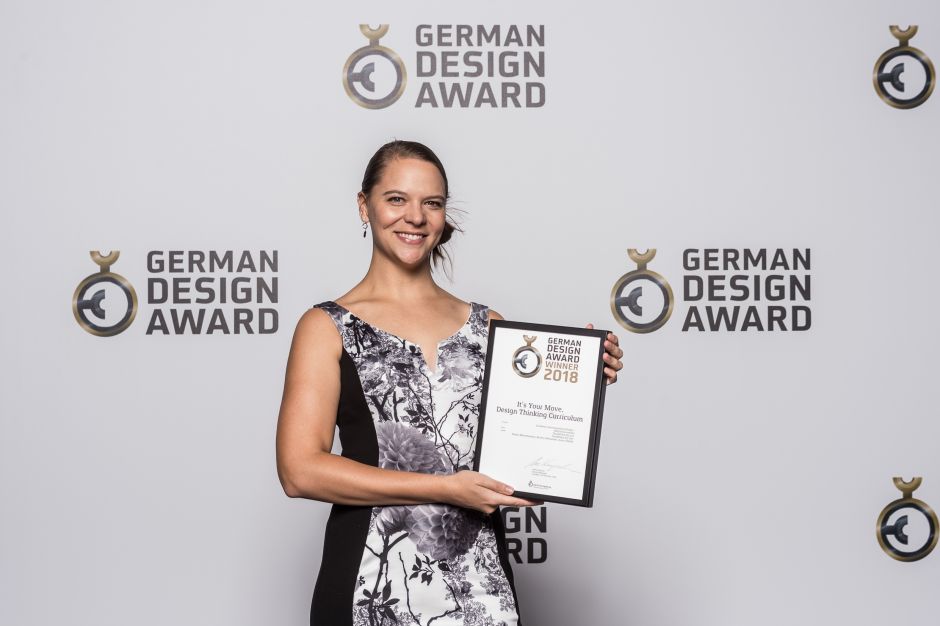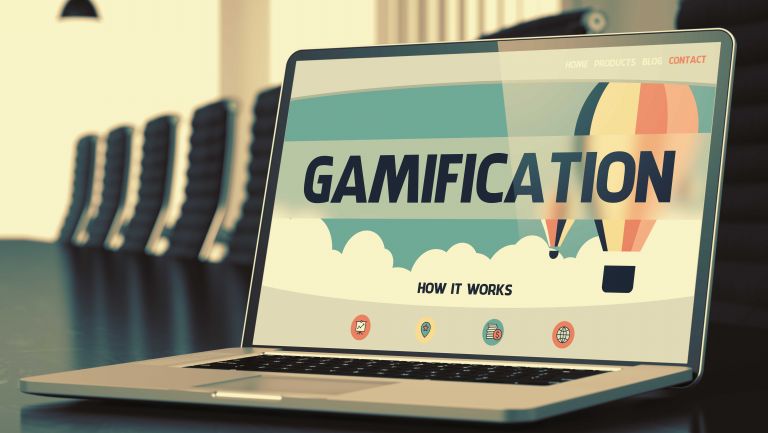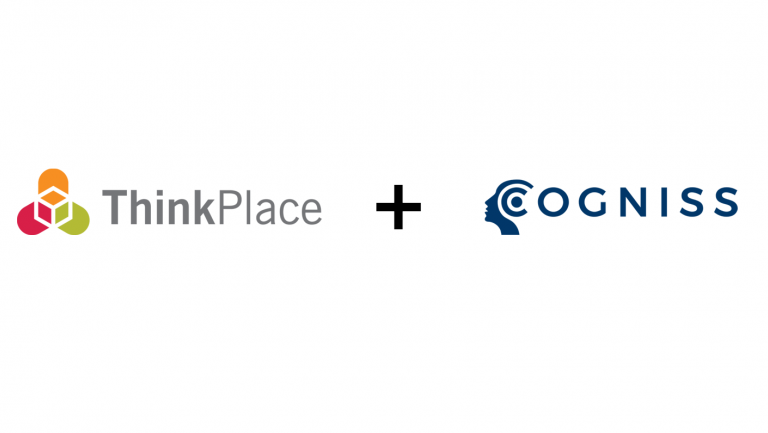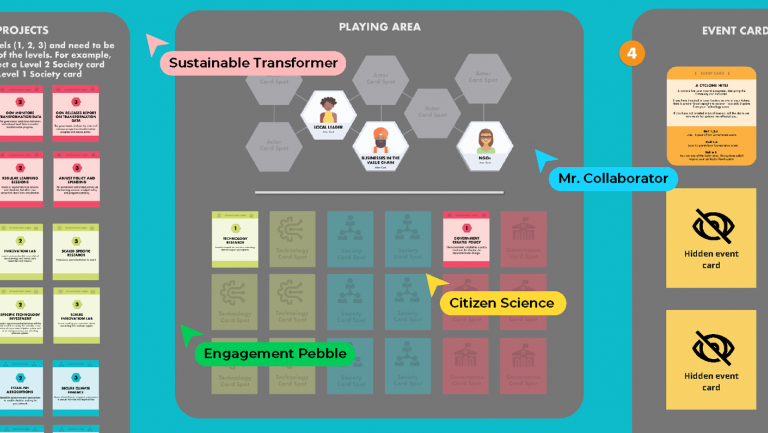Sign up for our monthly newsletter
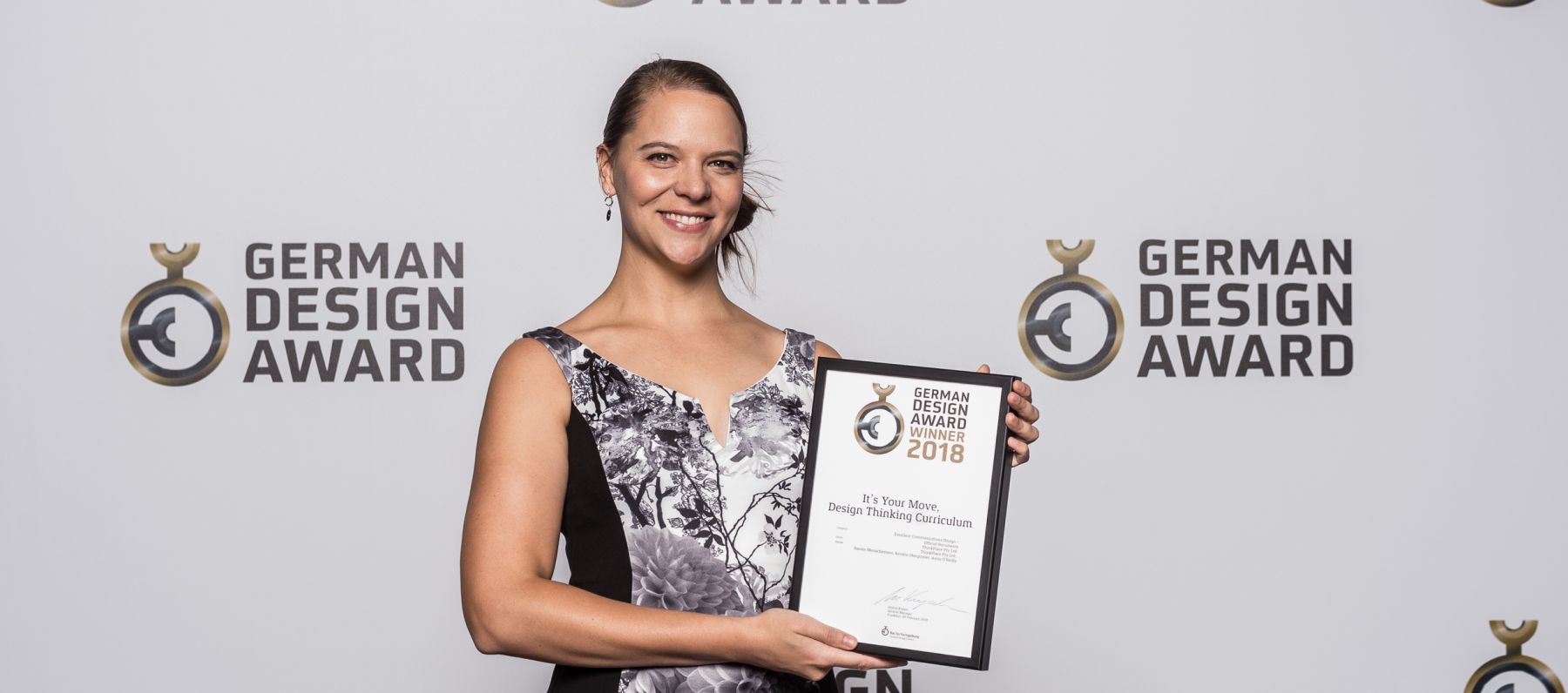
The top three lessons from our award-winning design project for schools
ThinkPlacer Kerstin Oberprieler recently travelled to Frankfurt where ThinkPlace won a German Design Award for Excellent Communications Design. Basically, it's a pretty big deal.
So what, exactly, is it all about?
And what are the three key lessons learned from this successful project?
We asked her so you don't have to.
Q: So we're the proud winner of a German Design Award. What’s that then?
KO: The German Design Award is an internationally recognised award for great designs. It's an annual event with more than 5,000 applicants from 56 countries. Applicants range from large companies like Audi and Greenpeace to individual designers, and designs include products, technology, information and visual design, and more.
Q: Wow! Sounds impressive. What did we win for?
KO: ThinkPlace won the German Design Award for a design thinking curriculum we co-developed with ACT Government. It's a high school curriculum that teachers students design thinking, innovation and entrepreneurship, and applies these to a health issue in their school.
Q: Tells us a bit more about the project. Who worked on it and what was the initial challenge?
KO: The aim was to teach young people the mindset and skills they need to solve the complex problems of today and in the future. The problems the world faces are increasingly complex without a single problem definition and without a clear-cut answer.
The Entrepreneurs: It's Your Move curriculum gives young people the tools they need to address these types of problems locally, and the focus is on health issues in their school and community. The tools and mindset of designers and entrepreneurs also teach resilience and problem solving, key skills and attributes for their future careers and lives.
The project was initiated by the ACT Government, and ThinkPlace worked in a collaborative group including teachers, the Education Directorate, universities and other businesses. We worked closely with teachers to develop and test the curriculum. The ThinkPlace Foundation also donated funds to support this project.
ThinkPlacers who worked on this project were me, Darren Menachemson, Cate Shaw and Anna O'Reilly.
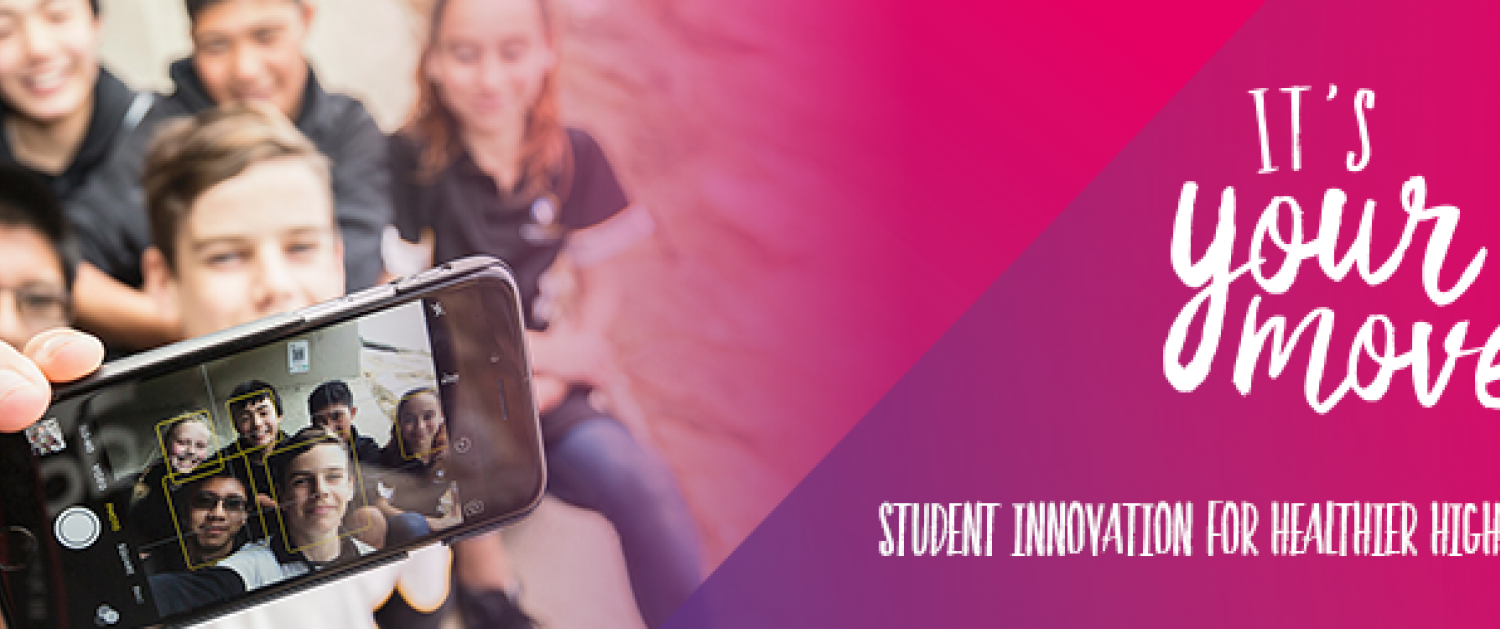
Q: What was novel or innovative about your approach to the project?
KO: This curriculum is hands-on and student-led. It's not the teacher deciding the problem or implementing the solutions, the teacher plays the role of a mentor as the students uncover issues, work through them with other students, and then implement them. It's students solving problems for students, and this is such an important aspect of design and implementing sustainable interventions in a system.
The curriculum is also flexible to suit the needs of the school and the type of projects the students come up with. For example, the first 10 weeks of the curriculum are about mapping out the problem, doing interviews with students and community, idea generation, prototyping and finally pitching the idea to the school and government for funds.
Funded ideas then go ahead and get implemented in the second 10 weeks, and includes developing a business model, sourcing materials, developing a business plan and implementing it in the school.
Q: And what lessons have you taken from this successful project that can be applied to other work for ThinkPlace and its clients?
KO: For me, this has been one of the most rewarding projects I've worked on, because it is such a great cause.
Design, entrepreneurship, young people, health - it ticks so many of my boxes! Here are my top three take away lessons.
1.You need to get a range of people working together to make a great idea like this a reality. Our team had people from various business areas needed to make this work - from teachers implementing it, to Government support, design expertise, and linking it with the Australian curriculum and student skills needed for their future.
2. Another lesson would be about working closely with those who will be using the curriculum, ie. the students and teachers themselves. We did teacher training to skill up teachers in design and answer their questions about the curriculum before they taught it. The curriculum was piloted before, during and after, and is being improved and iterated currently.
3. And the final lesson is to persevere. It's taken a lot of effort by a lot of people to make this curriculum a reality, and that's what it takes with any idea that has impact. It takes time and it can seem daunting sometimes because of the scale, the impact and the challenges that come up. But you keep working through them because you know that even if one student feels inspired and empowered to make a positive change in their community, that it's all worth it.
Q: What’s next for you personally?
KO: I'd love to see the curriculum expanded to more schools in the ACT and beyond. There is so much potential for this curriculum to reach many more students. If there are educators, designers or other people interested in helping us reach other communities through the design curriculum, please get in touch.
For me personally, my next big focus is on gamification and using this new approach to help business and users have a better experience. The It's Your Move curriculum actually has a lesson on gamification, and I'd like to share gamification more with others. I'm running a Masterclass on gamification in Melbourne in May and one in Singapore soon as well.
To find out how your school can get involved with this program contact itsyourmove [at] act.gov.au
